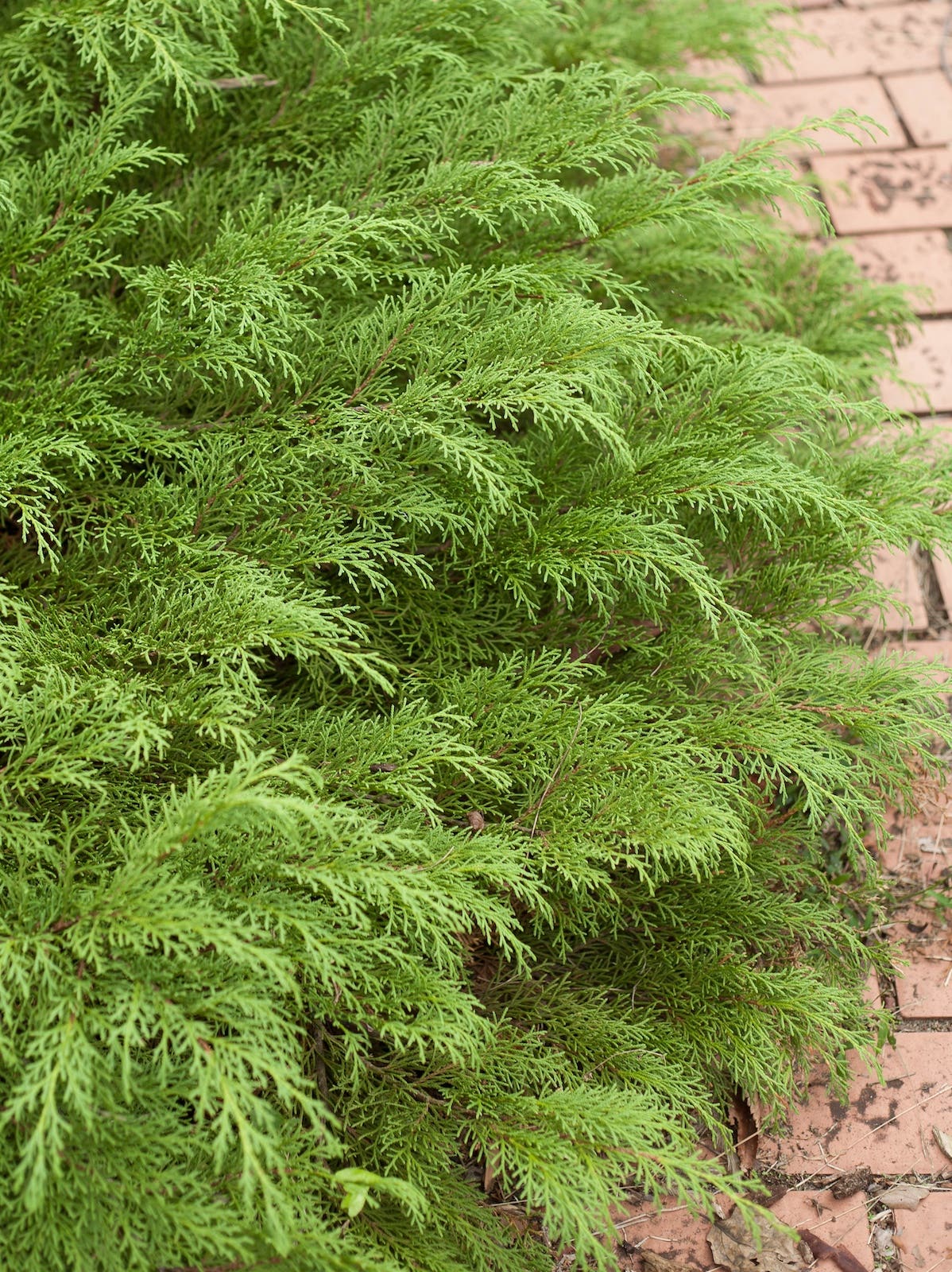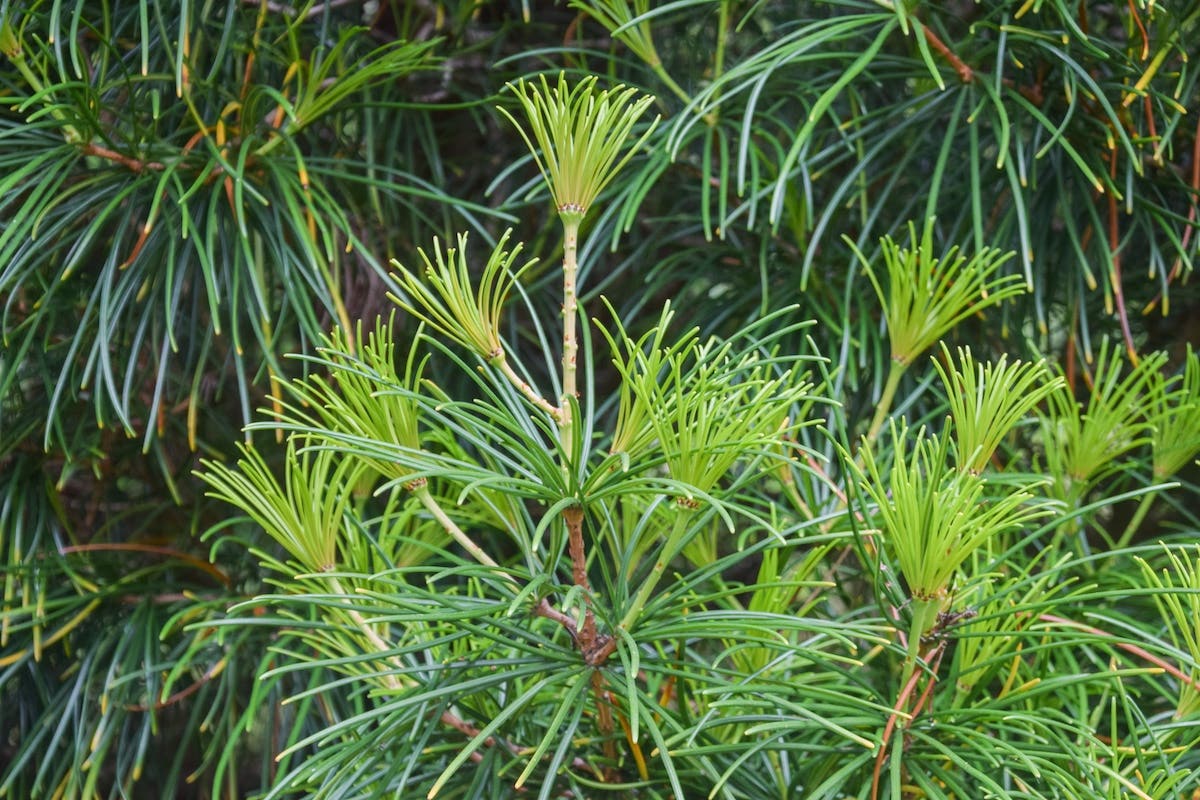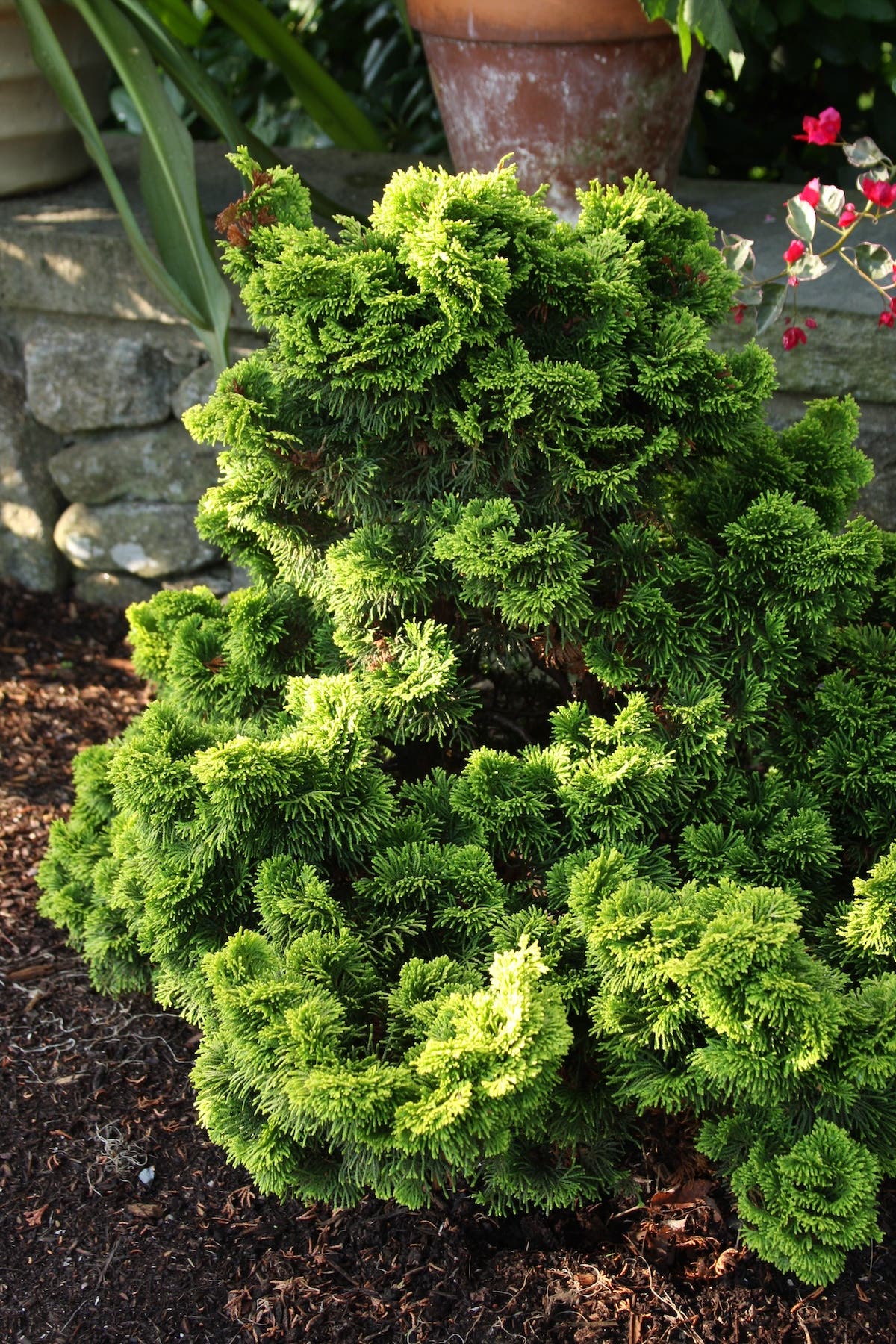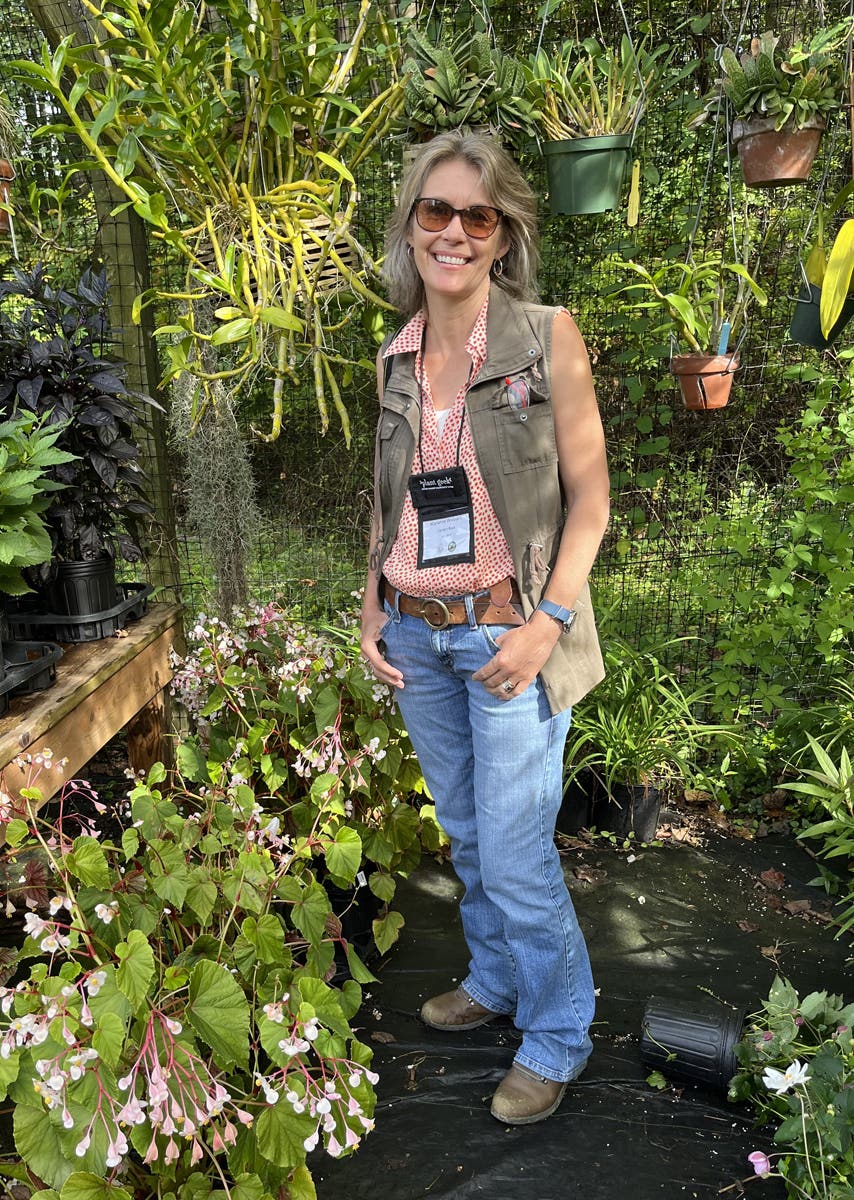4 Ways to Extend Your Growing Season
Here in our USDA Zone 5/6 garden we have about 120 days from spring frost to fall frost. The more we can extend that growing time, the bigger the harvest….
Here in our USDA Zone 5/6 garden we have about 120 days from spring frost to fall frost. The more we can extend that growing time, the bigger the harvest. There are a number of easy ways to do this:
1. Learn what veggies can take the cold. "As soon as the ground can be worked" is a literal description of when you can plant some veggies. Peas are the most common example. If you can move some soil, you can plant the seeds. Likewise there are many veggies, such as all the cole crops, onions and potatoes, that can be planted in the early part of spring, when frosts are still coming. Note that raised beds thaw out faster than ground level, and unmulched beds faster than mulched.
2. Start seeds indoors. We would not be able to grow tomatoes if the plants were not at least a few months old before they went in the ground. Likewise eggplant and peppers. By starting seeds ourselves, we get a significant jump-start on the season. A side benefit is the satisfaction of watching plants grow even as the snow falls. Be careful though, some plants don’t like to be transplanted. Beans and fennel are good examples. If you must start these indoors, use a container that will break down in the garden easily, like one made of newspaper, so the veggie’s roots won’t need to be disturbed.
3. Use cloches, high and low tunnels, and/or a greenhouse. This is a little more work, but how much depends on you. If you have a raised bed already in place, it doesn’t take a lot to clamp some heavy clear plastic over it. Voila! You have a cloche! The other end of this is of course a greenhouse, where you can easily extend your growing season by months. A gardener friend of mine with a much shorter growing season could not grow a tomato until she put up a greenhouse. Keep in mind that when you first get start using these season extenders, take careful notes of temperatures. A good investment is a high/low thermometer, which will record for you those extreme temperatures for the last 24 hours. The picture here is of such a thermometer in our first season trying a DIY mini greenhouse.
4. Repeat, but backwards. Don’t forget the fall! You learned what veggies can take the cold, and now you have a spot open where the onions were. What to plant? Mache can last through very low temperatures, often all winter. A short-season carrot may have enough time to grow and get mulched, giving you crispy freshness well into the winter. Start some late-season cole crops indoors to be ready to plant out. And don’t forget the cloches and tunnels. Crops started late in the season will still be producing when the rest of the garden is done.
Imagine extending the season to be like a gardener’s ballet. Once you learn the basic steps, then the choreography is all up to you. Go ahead, dance.
Gardening Jones is a master gardener in Pennsylvania. Learn more atgardeningjones.com/blog
___________________________________________________________
Learn all the tricks for growing food year-round no matter the climate in The Year-Round Vegetable Gardener by Niki Jabbour.
Get Eliot Coleman's classic Four-Season Harvest for more expert insight on winter vegetable gardening.
Diagnose and treat problems with your edible plants with What's Wrong With My Vegetable Garden?







